How to Fix Camera output in Black and White Monotone?
Your camera may show black and white output if it is not properly configured. Moreover, an outdated camera driver or Windows of your system may also result in the error under discussion.
The issue arises when a user tries to use the (integrated or external) camera (in any application) but the camera outputs (regardless of images, videos, online video conferences/meetings, or live streams) only in black & white. The issue is not limited to a particular PC or camera manufacturer.
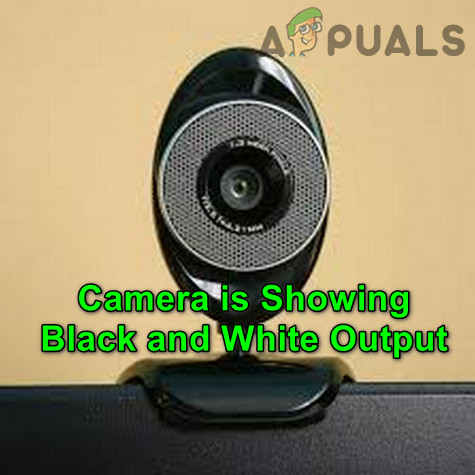
Before moving on with the solutions to change the color of your camera (i.e. from black & white), make sure your camera is not operating in the night mode. Also, check if there is no sticker (or any other type of blockage) on the camera lens or flash. Moreover, it will be a good idea to check your camera (if not an internal/integrated camera) with another PC to rule out any hardware issue. In the case of an internal/integrated camera, check if the issue consists in the safe mode of your system. If you are encountering the issue with a single application, then check if reinstalling that application solves the issue.
Solution 1: Change the Camera Settings
You may fail to use the camera in color mode if your camera settings are barring it from doing so. In this case, changing the relevant camera settings may solve the problem. You may use the camera software (like Thinkvantage Communication Utility, if installed), built-in camera app, or Skype (personal or business version).
Enable Color for the Camera
- Launch the Skype application and sign-in using your credentials (if already not signed-in).
- Then click on 3 horizontal ellipses (near the top right of the left pane of the Skype window) and select Settings.
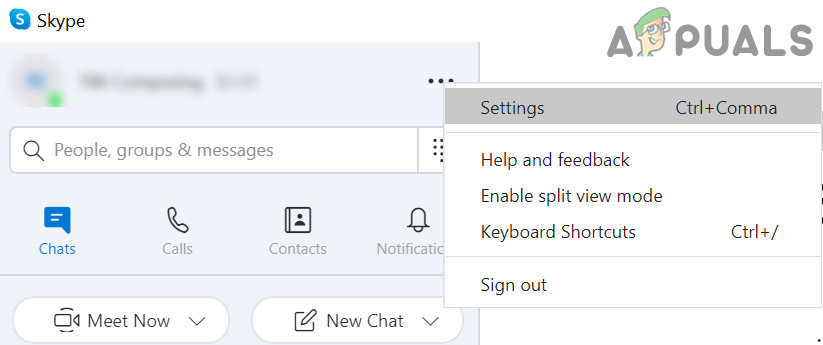
Open Skype Settings - Now steer to the Audio & Video tab (in the left pane) and click on Webcam Settings (in the right pane).
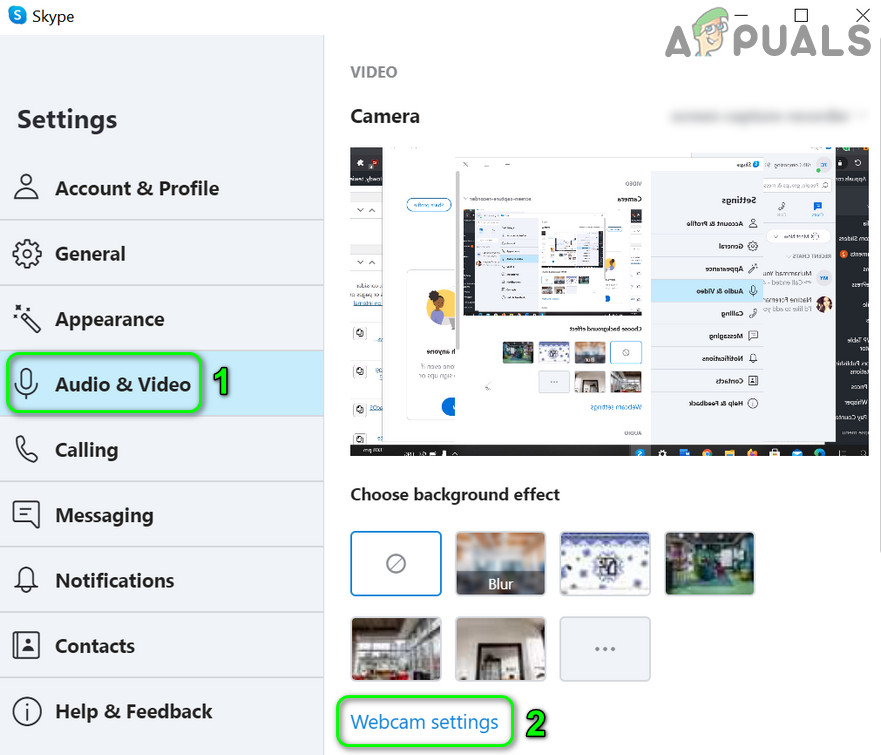
Open Webcam Settings in Skype - Then make sure ColorEnable is check-marked (you may find it in the Video Proc Amp tab) and then check if the camera issue is resolved.

Check ColorEnable in Skype Webcam Settings
If you are trying to use the camera software (can be launched through the startup menu), then you may find the option (either to enable colors or disable Black & White) in the Settings, Tools, or Options menu. If you have Dell Webcam Central software, then make sure the toggle of color is enabled in the Settings of the application.
Change Saturation Settings of Your Camera
- Launch Skype and log in using your credentials.
- Then open Skype Settings (click on the 3 horizontal ellipses at the top right of the left pane) and navigate to the Audio & Video tab.
- Now open Webcam Settings and make sure the Saturation bar is not near to zero (because if it is near to zero, it may result in the black & white output of the camera).
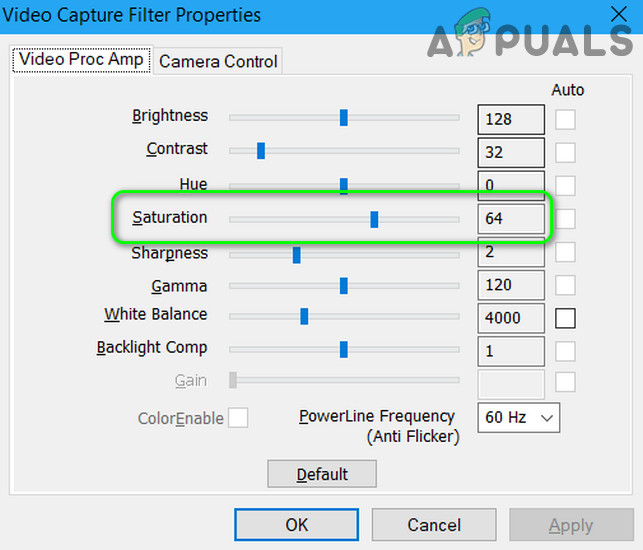
Saturation is Not Near to Zero in the Webcam Settings of Skype - Then click on Apply to save your changes and check if the camera has started to work in the color mode.
Reset Camera Settings to Defaults
- Launch the Skype application and open its Settings.
- Then navigate to the Audio & Video tab and open Webcam Settings.
- Now click on the Default button to revert the camera settings to default and check if the camera is working fine.
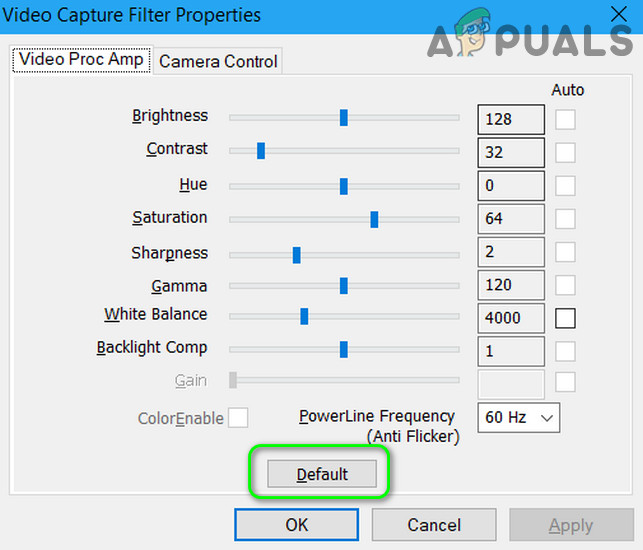
Revert Webcam Settings to Default in Skype
If you are using Cyberlink YouCam software, then follow the steps below:
- Launch the Cyberlink YouCam software and open Enhance the Current Video and Image (the one having Reel and Bulb icon).
- Now click on the Default button (you may have to open Advanced) and check if it sorts out the camera issue.

Set Your Camera in YouCam to Default
If you are using the Dell Webcam Central, then follow the steps below:
- Launch the Dell Webcam Central application and open its Settings.
- Then click on the Restore Defaults button and check if the camera has started to output in the color mode.
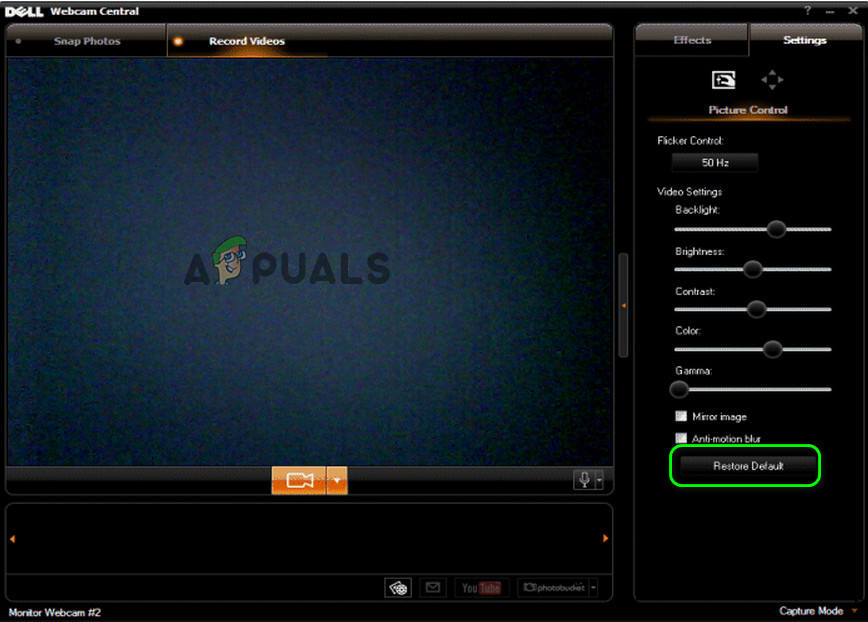
Restore Your Camera in Dell Webcam Central to Default
Solution 2: Roll back the Camera Driver
Third-party vendors keep on updating their device drivers to keep up with the latest ecological developments. But a buggy device driver update of your camera may cause the error under discussion. In this case, rolling back to the previous version of the driver may solve the problem.
- Right-click on the Windows button to launch the Quick Access menu and select the Device Manager.
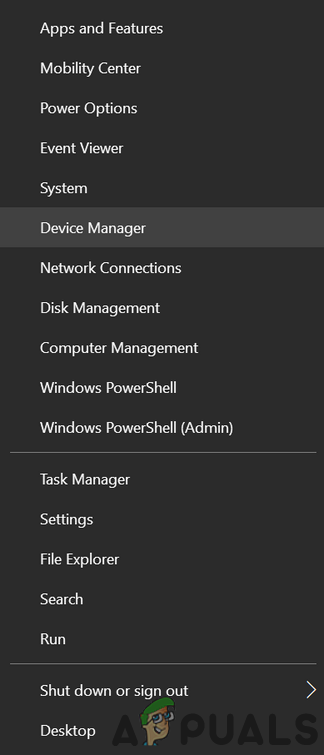
Open Device Manager - Now expand the Imaging Devices and right-click on your camera.
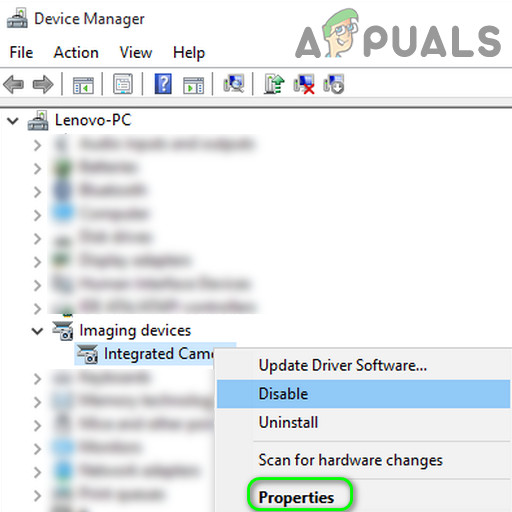
Open Properties of Camera in the Device Manager - Then select Properties and navigate to the Driver tab.
- Now click on the Roll Back Driver button and wait for the completion of the rollback procedure.

Roll Back the Camera Driver - Then reboot your PC and check if the system’s camera is working fine. If so, then you may have to block Windows from updating the working driver.
Solution 3: Update Drivers and Windows of Your System to the Latest Release
Microsoft and other vendors keep on updating drivers and Windows to keep up with the latest technological advancements and patch the bugs reported (such as causing the current camera issue). In this scenario, updating the drivers and Windows of your system to the latest release may solve the current camera problem.
- Manually update drivers and Windows (make sure no additional or driver update is pending) of your system to the latest build. If you are using an update utility (like Dell Support Assistant), then use that utility to update the drivers. If you are using a camera like LifeCam Studio, then make sure its firmware is up-to-date.
- After updating, check if the camera issue is resolved.
Solution 4: Uninstall the Buggy Windows Update
The camera issue could be a result of a buggy update by Microsoft. In this case, removing the buggy update may solve the problem.
- Hit the Windows key and launch Settings.

Open Settings of Your System - Now, in the left pane, open Update & Security and select View Update History (in the right pane).
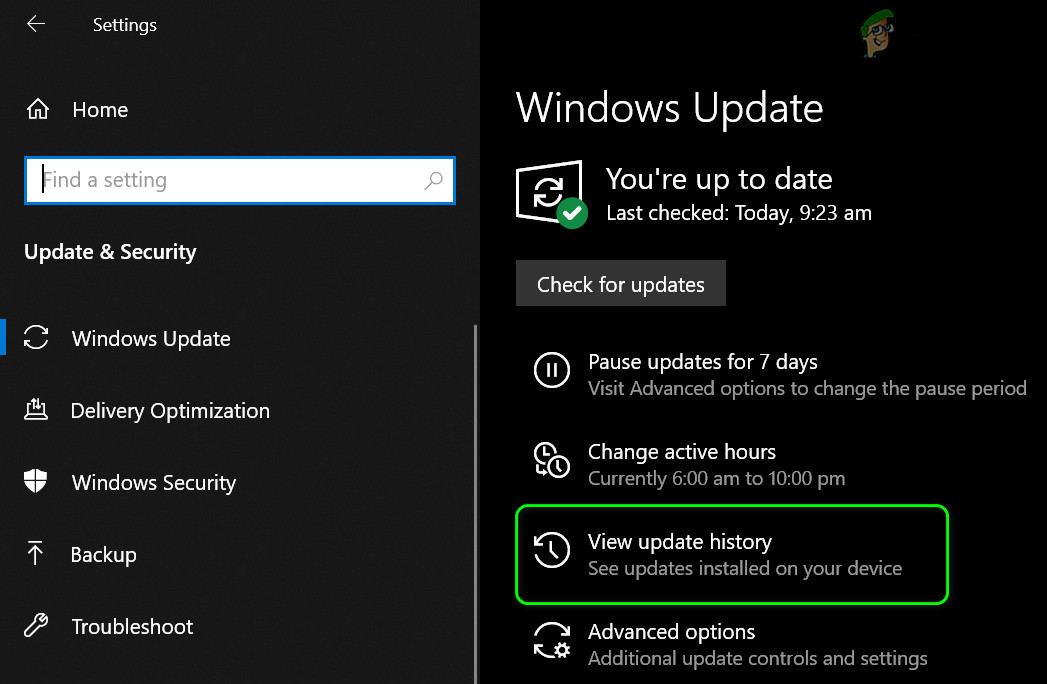
View Update History of Your System - Then open Uninstall Updates and select the update causing the issue.
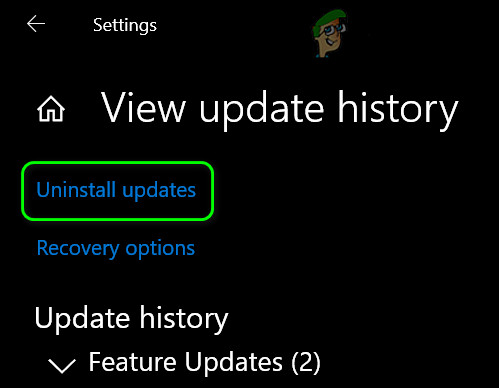
Open Uninstall Updates - Now click on Uninstall and follow the prompts to uninstall the update.
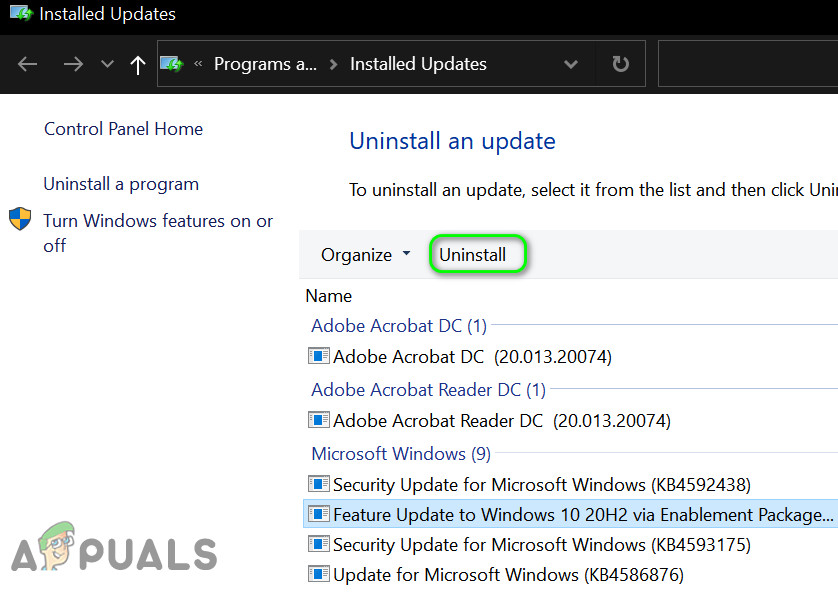
Uninstall the Buggy Windows Update - Then check if the issue is resolved. If so, then you may have to pause the update causing the issue.
If the issue occurred after a feature update, then you may have to revert to the older version of Windows 10.
- Open Update & Security (step 1 to 2) as discussed above.
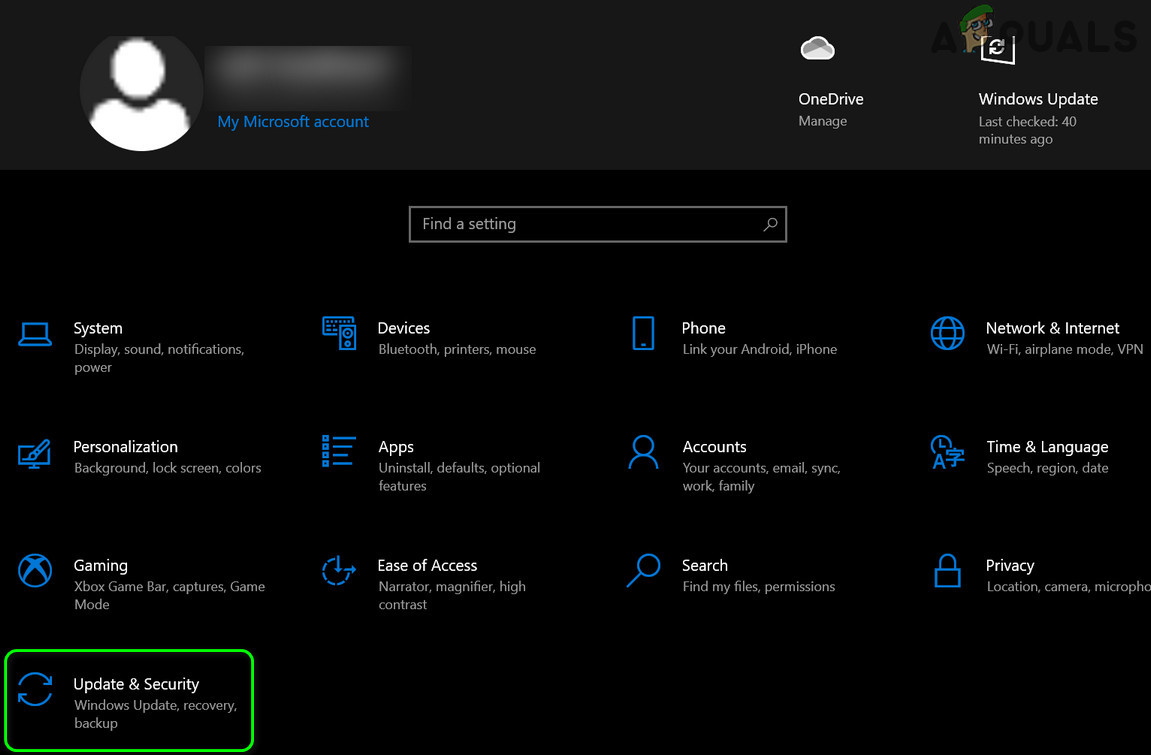
Open Update & Security - Now select Recovery (in the left pane of the window) and click on Get Started (under Go Back to the Previous Version of Windows).
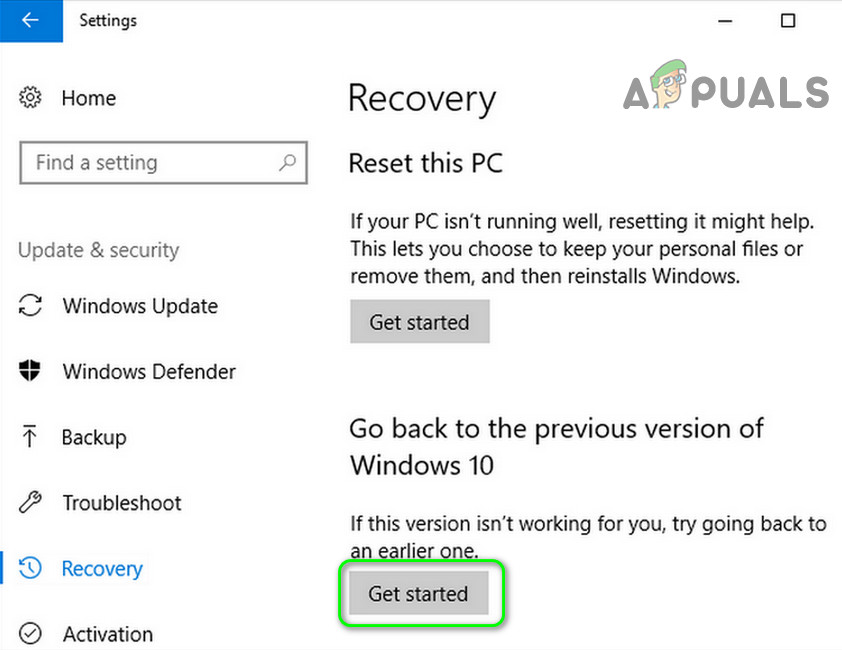
Go Back to the Previous Version of Windows 10 - Then follow the prompts on your screen to revert to the previous feature update of Windows 10.
- Now check if the camera issue is resolved.
Solution 5: Reinstall the Camera Driver
You may encounter the error at hand if your camera driver is corrupt. In this context, reinstalling the camera drivers may solve the problem.
- Launch a web browser and open the website of your camera manufacturer (or PC manufacturer).
- Then download the latest driver for your camera.
- Now right-click on the Windows button to launch the Quick Access menu and select the Device Manager.
- Then expand the Imaging Device and right-click on the camera.
- Now, in the menu shown, select Uninstall Device and, in the next window, check the option of Delete the Driver Software for This Device.
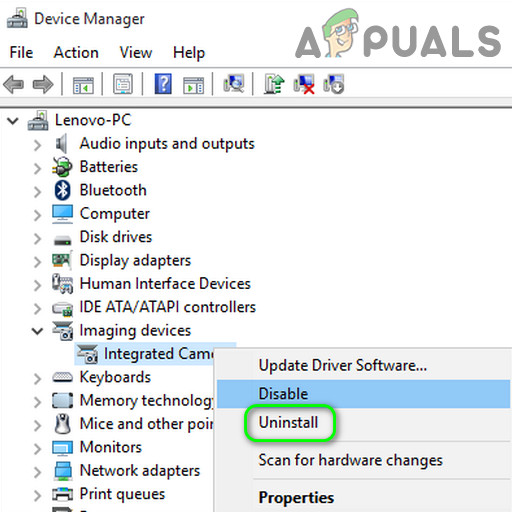
Uninstall the Camera in the Device Manager - Then click on Uninstall and wait for the completion of the uninstallation of the camera driver.
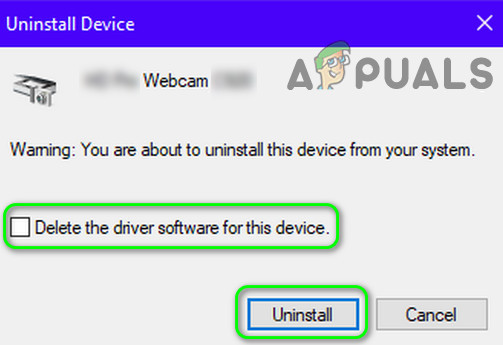
Check the Option of Delete the Driver Software for This Device and Click on Uninstall - Now reboot your PC and then install the downloaded driver (at step 2) with administrator privileges.
- Then reboot your PC and hopefully, the camera issue is resolved.
If the reinstallation of the driver did not solve the issue and you are using a software package (like Dell Webcam Central) to manage the camera, then check if reinstalling the complete camera software (in Settings>>Apps), not just the driver, solves the issue.
If the issue is still there, then check if using a virtual cam application solves the issue. If not, then get your camera checked for any hardware issues.





